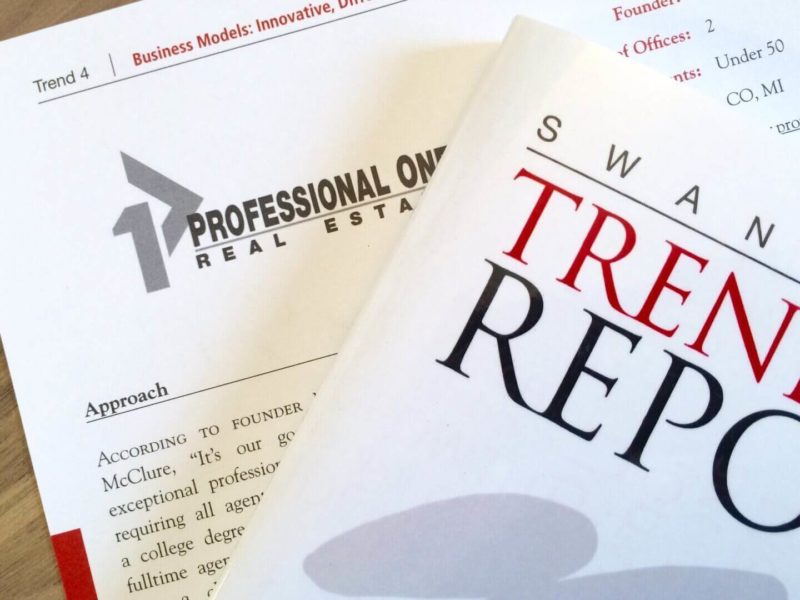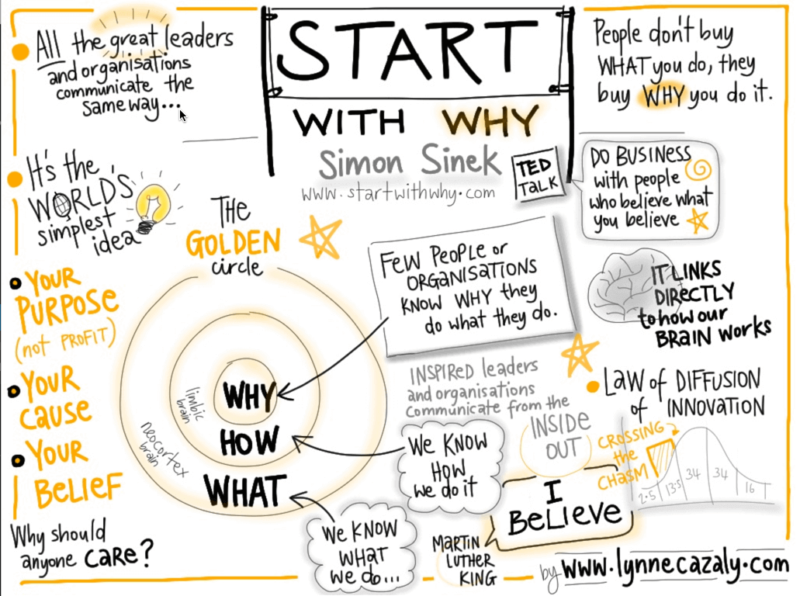11 Steps to Optimal Communication in Real Estate
I believe that effective, optimal communication in real estate is crucial. In fact, it’s so important, that, in my 20 years of experience as an agent and broker, I’d say that at least 80% of the “problems” that happen in real estate transactions can all be traced back to the issue of communicating effectively.
I like the way Led Zeppelin said it:
Communication breakdown, it’s always the same,
I’m having a nervous breakdown, drive me insane!
Truly, communication breakdowns can and sometimes do “drive us insane.”
And these breakdowns can cause us – and our clients – a lot of potentially unnecessary stress and anxiety.
So, if that is true, what does it mean to “communicate effectively?” And how can we become better communicators?
Here are 11 steps toward more effective communications that we stress for every Professional One Real Estate agent to use with every real estate buyer and seller:
1. Acknowledge everything – If I had a dollar for every time I wrote an email to someone that started with “I just wanted to make sure you received my… ,” I’d have a LOT of dollars. Don’t force people to do this. Acknowledge everything you receive, particularly those things that are clearly important (e.g., an offer from another agent, a request from a client, a question from your broker, etc.).
2. Set clear timelines – Uncertainty and ambiguity are the enemies of confidence. Set clear timelines on everything you do – e.g., “no later than 5:00 pm on Wednesday” – and you will eliminate so much room for miscommunication.
3. Under-promise and over-deliver – Continuing the prior point, I am a huge believer is giving people timelines and then ALWAYS doing better than what I promised. Further, I have learned from hard experience that not everyone thinks like I do. So, if, for example, another agent tells me they’ll have an answer on something by Monday, I would tell my clients to expect an answer by Friday. That way, when the other agent fails to perform, I don’t have an upset client on my hands. And if they do perform, then I have a very happy client who sees me as one who does better than they had expected. (This particular principle is SO important that it’s actually one of the points in Professional One’s “Mission Statements and Core Values.”)
4. Update even when you have nothing to report – Nothing will endear you to your clients quite as much as this will. A simple call, text or email that says, “Still haven’t heard anything, will let you know as soon as I do,” will go so far toward making your clients love you.
5. Provide context – Even when you think it’s unnecessary, provide context. Assume that the person with whom you are communicating knows nothing of what you are talking about and bring them up to speed. Yes, this can be inefficient and cause you to spend more time, but this will always ensure that you and the person with whom you are communicating are always on the same page.
6. Speak and write clearly and plainly – Make every effort to avoid the use of any language which is colloquial, slang, industry-specific or somehow unique to you. Use words that anyone would reasonably understand. Avoid words that have ANY potential for being misconstrued or misunderstood.
7. Proofread – If you don’t spell and grammar check everything you write to your clients or peers, you are not professional. I am sorry, but that’s the reality. Nothing says “amateur” to me like obvious grammatical and spelling mistakes. If you don’t care enough to take the time to make YOURSELF look good, that sends a clear and strong signal to your clients that you probably aren’t paying enough attention to detail.
8. Avoid pronouns – Rather than write 1,000 words on just this one point, my advice is to simply stop using these words in all of your written and spoken communications immediately: “he,” “she,” “they,” “it,” “them,” “him” and “her.”
9. Write small paragraphs – I learned this technique from Perry Marshall, the “King of Google AdWords.” I’m not sure I’ve ever seen Perry write a paragraph that included more than two sentences. This allows the reader’s brain to absorb information “a bite at a time.” Write shorter paragraphs and your writing will be that much easier for others to assimilate.
10. Be concise – Once you’ve provided appropriate context, get to the point! Avoid extraneous detail and provide only the facts that are pertinent to the issue being discussed. Allow me to share two of my favorite quotes that will help reinforce this point:
“I didn’t have time to write a short letter, so I wrote a long one instead.” Mark Twain
“Perfection is achieved, not when there is nothing left to add, but when there is nothing left to remove.” Antoine de Saint-Exupery
11. NEVER ASSUME ANYTHING – If you ever find yourself saying, “Well, I assumed that…” it’s YOUR fault. Period. Always, always, ALWAYS confirm EVERY potentially important detail. If you take ANYTHING away from this post, please remember this…
I hope these 11 steps help you to become a more effective communicator! They work great for us at Professional One as we serve our clients, based all around Metro Detroit, including Northville, Novi, Plymouth, Canton, Ann Arbor, Birmingham, Livonia and West Bloomfield.







